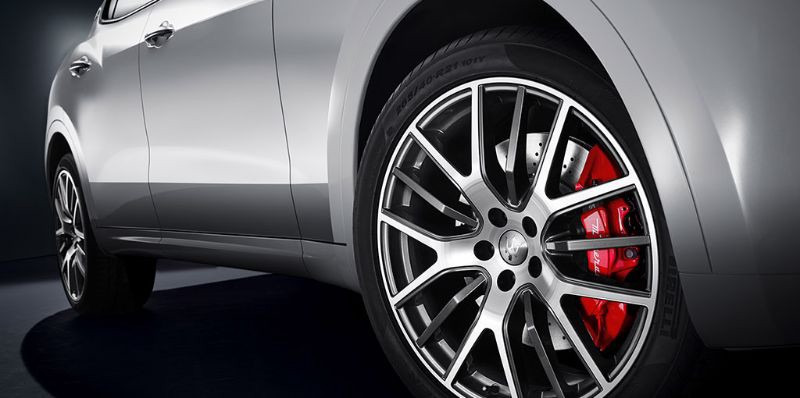
If you are a responsible car owner, you already know that you should be regularly checking on your vehicle throughout the year: regular servicing, an MOT if the car is over three years old, and occasional visual checks from time to time. But did you know that winter can play havoc with your tyres, worsening any small problems and giving you an uncomfortable drive? This can be true if you are driving on scenic roads of Scotland .These factors can be exacerbated by the fact that some drivers are fair weather travelers, leaving their car at home when the weather is cold and ice or snow is lying on the ground. Let us take a look at a few checks that you should do.
Increased Tread Depth
While the legal tread depth is 1.6mm, during the colder months, experts recommend ensuring a deeper tread: 3mm and above is better. This is because shallow treads on regular tyres can quickly fill up with ice, snow and road grit, leaving your tyres smooth, to all intents and purposes, which is a sliding hazard even in good weather! Check your tread depth with a finely calibrated ruler that starts at zero, rather than leaving a margin, or simply use a 20p piece instead. Stand the coin up in the deepest part of the grooves, and see if you can see the band that edges the outside of the coin. If you can see the border of this edge, your tread depth is too low, and your tyres should be changed.
Optimal Tyre Pressure
Older drivers were often taught to reduce their tyre pressure in cold weather to allow the tyres to spread a bit more. The thinking behind this was that it would cause more friction and make the car less prone to skidding – and in those days it worked. The key phrase there is, of course, ‘in those days’. Today, modern tyres are technological marvels, carefully designed to work best within the recommended range: and they do not perform well outside of this range – far from improving the tyre’s grip, it will worsen it!
Prevent Freezing
Temperature changes can cause chemical reactions to occur: some of them are reversible, others are not. Rubber is no exception to this and under freezing conditions your tyres will become brittle, less flexible and less responsive to the road. This is usually not a problem on the UK’s roads during the day and while being used, as driving on the tyres tends to warm them up above freezing. However, standing on the roadside at night or in an unheated garage can allow the tyres’ temperature to drop below freezing. Driving quickly on frozen tyres can allow the rubber to buckle and break, and then they will have to be replaced. Instead, take steps to make sure your car is insulated against the cold. A simple cover can maintain some of the heat within it to make a snug cocoon for your car, and storing it in the garage with the doors and windows closed will also keep it that precious degree or two above freezing.
When to Use Winter Tyres
However, there may come a time when you just do not feel safe using your regular tyres and want to make the switch to winter tyres. These have a softer, more ‘grippy’ composition, than regular tyres, with larger tread grooves to allow for greater wicking away of standing ice and water. Braking times and handling in colder conditions are vastly improved with the use of winter tyres, which come into their own when the temperature is regularly below 7°C. Winter tyres can be used on normal roads when it is cold enough for their superior performance: they do not have to be reserved for only icy and snowed up roads. In order to get winter tyres you can consult Fife Autocentre today – call them on 01592 631211.
Practise Defensive Driving
Finally, be aware that icy conditions cause more accidents. If you are a new driver, adopt a slower speed, double check the road around you before attempting any maneuvers and be prepared for anything. If you are a more experienced driver, and quite confident in icy or snowy conditions, think of the less experienced road users who are not as skilful as yourself and drive defensively, looking out for issues that might affect other drivers and taking steps to mitigate them.
